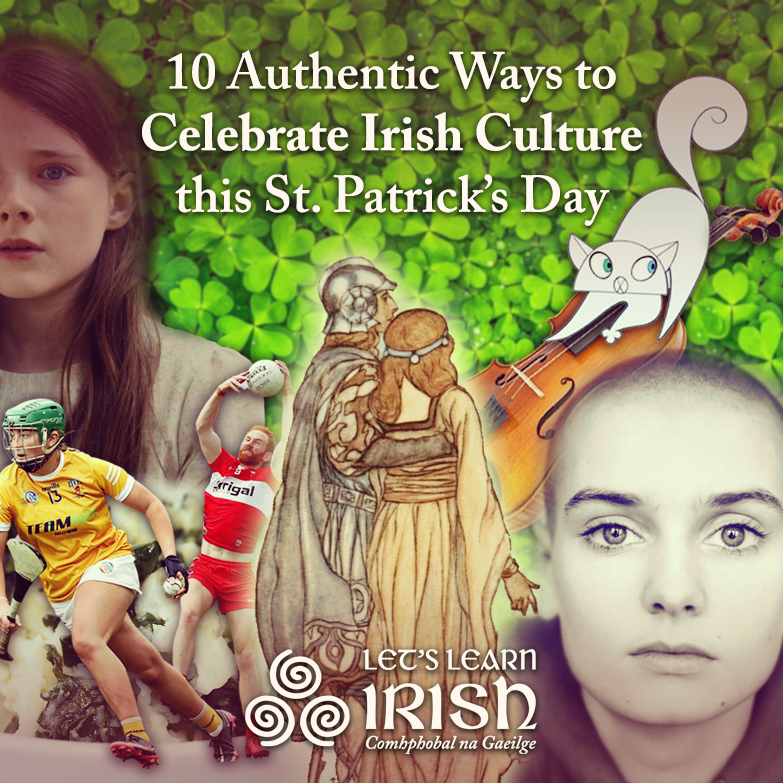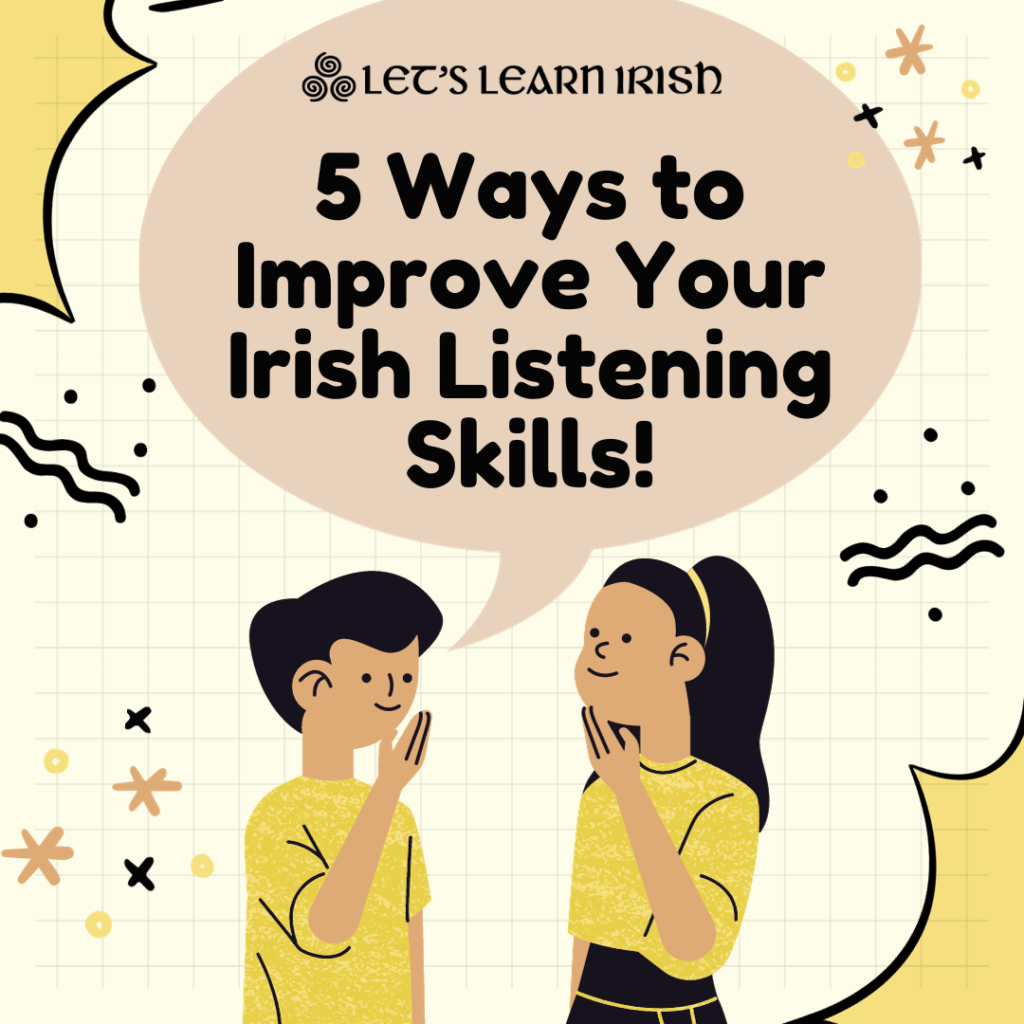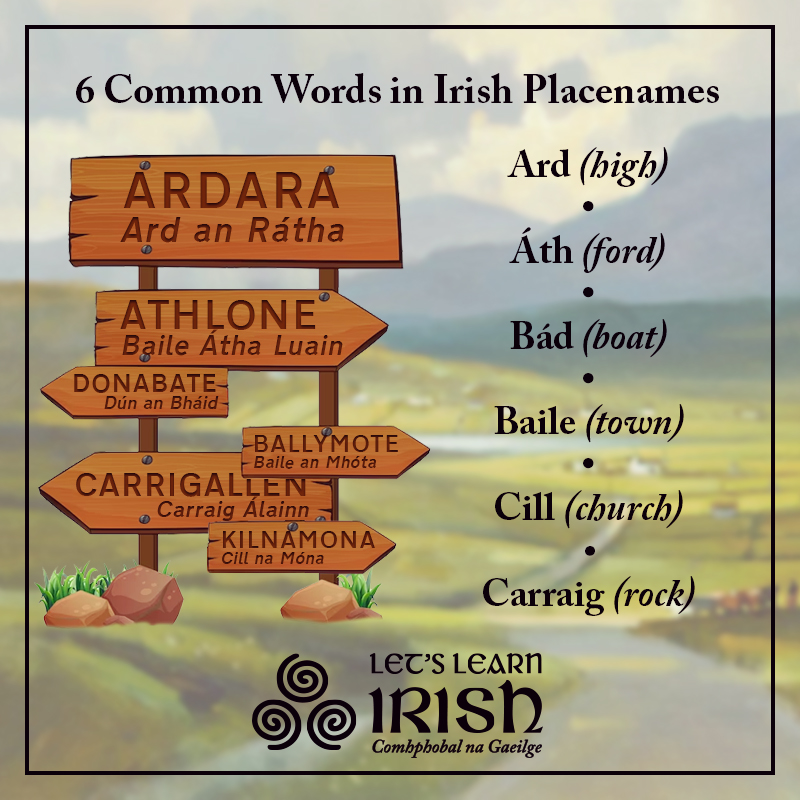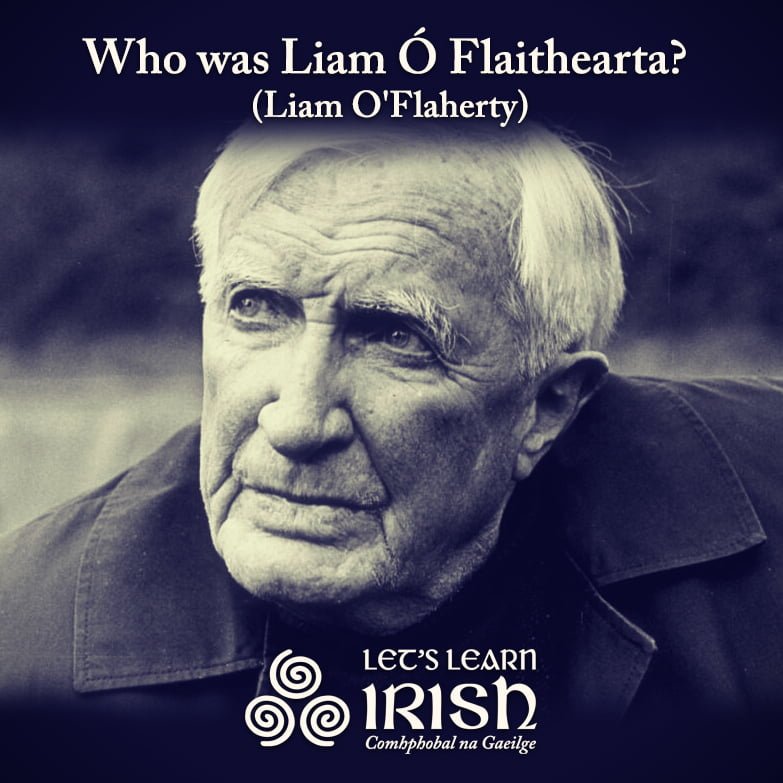Lá an Dreoilín – Wren Day

For most of us who celebrate Lá Nollag (Christmas Day), December 26th is a day devoted to polishing off holiday cookies, scrounging up batteries to power the kids’ new toys, and sorting gifts to return (too small shirts, too big pants, too ugly sweaters)! But what about Lá an Dreoilín?
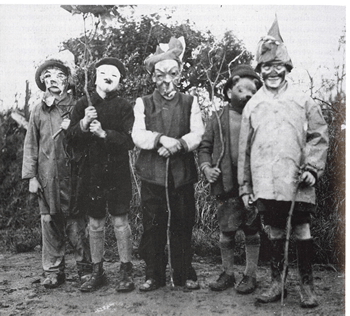
I’ve previously posted about learning Irish songs and how learning Irish helps me relax. Another one of the things I love about attending Irish language classes is that I get to discover various Irish customs!
Lá an Dreoilín (Wran/Wren Day) occurs on Lá Fhéile Stiofáin (St. Stephen’s Day). Irish linguists speculate that dreoilín derives from two combined words, draoi and éan, meaning ‘druid bird’. In Celtic mythology, the wren symbolizes the past year. Some folklorists speculate Lá an Dreoilín may have descended from ‘Grianstad an Gheimhridh‘ (The Winter Solstice) celebrations. And if an apprentice druid found a wren at this time? He would be blessed with wisdom in the coming year. Druids also relied on the wren’s musical notes for divination…
The wren is one of the smallest birds, but its song, as described by ornithologists, is a blend of halftones and overtones which creates a loud, bubbling, cascading trill (click here to hear the wren’s song). So a bird more often heard than seen, though commonplace across Ireland and can be found in America (where it is called the Winter Wren). Though a tiny bird, the wren is also known as ‘Rí na nÉan’ (King of the Birds). As legend has it, the bird kingdom held a meeting to decide which bird would be their ruler. The bird that flew highest would be King, so the eagle was the assumed winner. But a tiny wren poked out of the eagle’s tail feathers, and in its loud song, declared it had flown highest by hitching a ride on top of the eagle.
 But why Lá an Dreoilín? In centuries past, an actual wren was hunted, killed, and fixed to the top of a pole or pitchfork and then carried about town by Lucht an Dreoilín (the Wran/Wren Boys) in their door-to-door procession. Lucht an Dreoilín would sing, play music, and dance in exchange for money-typically singing a variation of the Wren Boys rhyme…
But why Lá an Dreoilín? In centuries past, an actual wren was hunted, killed, and fixed to the top of a pole or pitchfork and then carried about town by Lucht an Dreoilín (the Wran/Wren Boys) in their door-to-door procession. Lucht an Dreoilín would sing, play music, and dance in exchange for money-typically singing a variation of the Wren Boys rhyme…
The Wren, the Wren the king of all birds,
St. Stephenses day, he was caught in the furze.
Although he is little, his honour is great,
Rise up, kind sir, and give us a trate.
We followed this Wren ten miles or more
Through hedges and ditches and heaps of snow,
We up with our wattles and gave him a fall
And brought him here to show you all.
For we are the boys that came your way
To bury the Wren on St. Stephenses Day,
So up with the kettle and down with the pan!
Give us some help for to bury the Wren!
Listen to Liam Clancy singing his version of “The Wren Song,” here.
Why kill the poor wee wren? One story posits that during penal times, Irish locals were set to ambush snoozing British soldiers when traitorous wrens pecked the soldiers’ drums. The soldiers woke up and the plot was foiled. Hence, the wren’s other nickname – ‘Éan an Diabhail’, the Devil’s Bird. Other stories that account for the wren’s unfortunate ritualized and paraded end? The bird betrayed Irish soldiers on St. Stephen’s Day, alerting Vikings to their presence with its loud song. And St. Stephen himself is said to have been hiding from his enemies when a wren began to sing, revealing his whereabouts – he was then stoned to death. One other possibility? Clíodhna, a goddess of the Otherworld, seduced young men to follow her into the sea where they drowned. A protective charm could be used to destroy her, and so her only way to escape was to transform into a wren. So legend goes, as punishment for her misdeeds, she was forced to become a wren every Christmas and die by human hand on Lá an Dreoilín.
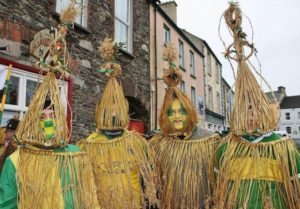
I first heard of Lá an Dreoilín from a friend who lives in An Daingean (Dingle), Contae Chiarraí (County Kerry), where Lá an Dreoilín is still a huge competitive celebration. No dead wrens, though – instead, long poles topped with holly and a pantomime hobby horse worn by one of the Wren boys at the head of the parade. Myself? In writing of Lá an Dreoilín, I immediately think of the iontas crua, the “sharp wonder” of Mícheál Ó hAirtnéide’s beautiful and pitiless poem “An Muince Dreoilíní” (A Necklace of Wrens) here i nGaeilge agus i mBéarla.
Lá an Dreoilín shona daoibh go léir!
Join the online Irish community for cúrsaí, comhrá & ceardlanna, and follow along on social media @LetsLearnIrish – beidh fáilte romhat!


